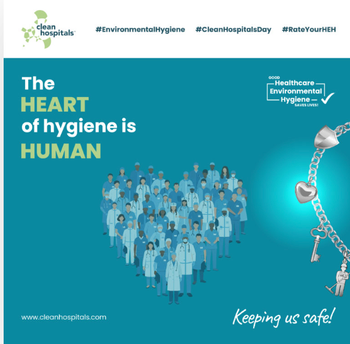
New Online Tool to Predict Genetic Resistance to Tuberculosis Drugs
Finding out what drugs can be used to treat a patient with tuberculosis (TB) can be can sped up by days or weeks, thanks to a new free online tool. The new TB-Profiler tool, developed by a team of scientists led by Dr. Taane Clark at the London School of Hygiene & Tropical Medicine, analyzes and interprets genome sequence data to predict resistance to 11 drugs used for the treatment of TB. This rapid tool only takes a few minutes and means that sequence data can now be used without delay. Importantly, it also removes dependence on specialised bioinformatics skills that are not readily available in clinical settings. Data on how the tool works is published in open access journal Genome Medicine.
Speeding up the process to find appropriate drugs when treating a patient with drug-resistant TB improves the likelihood of cure. By enabling the optimum course of treatment to be selected without delay, toxic drugs found to be ineffective because of resistance can be disregarded, relieving patients of damaging, unpleasant, and often long-lasting side effects.
Researchers say the TB-Profiler tool -- available at tbdr.lshtm.ac.uk -- will aid control of drug-resistant TB, the emergence of which currently threatens to derail global efforts to control the disease. The World Health Organisation estimates that 5 percent of the world's 11 million TB cases have multi drug-resistance disease (MDR-TB), with approximately 480,000 new MDR-TB cases arising in 2013 and 210,000 deaths.
The TB-Profiler was developed using global data and refers to a library of 1,325 mutations to M. tuberculosis (the bacteria that causes TB), making the tool the most comprehensive and accurate data source to date.
As Clark notes, "Sequencing already assists patient management for a number of conditions such as HIV, but now that it is possible to sequence M. tuberculosis from sputum from suspected multi-drug resistance patients means it has a role in the management of tuberculosis. We have developed a prototype to guide treatment of patients with drug resistant disease, where personalised medicine and treatment offers improved rates of cure."
Traditional lab-based methods of determining resistance involve growing the bacteria to see if it survives the drug, a process that can take weeks and sometimes months, and requires stringent safety measures to protect the laboratory personnel.
The researchers highlight that their research demonstrates the potential of whole genome sequencing to increase the accuracy of molecular tests for resistance, with improved sensitivity and specificity. The tool also provides data on the genotype of the bacteria which can be used in epidemiological studies and by public health experts to track chains of disease transmission.
Co-author Dr. Ruth McNerney of TB Alert adds, "This is a welcome step forward in our battle against drug resistance. It is now time to take sequencing out of the research lab and into the clinic. Patients with drug resistant disease have to endure many months of treatment with toxic drugs with no guarantee of success. Personalised treatment will increase their chances of survival while minimising the horrible side effects."
Reference: Coll F, McNerney R, et al. Rapid determination of anti-tuberculosis drug resistance from whole-genome sequences. Genome Medicine. DOI: 10.1186/s13073-015-0164-0
Source: London School of Hygiene & Tropical Medicine
Newsletter
Stay prepared and protected with Infection Control Today's newsletter, delivering essential updates, best practices, and expert insights for infection preventionists.





